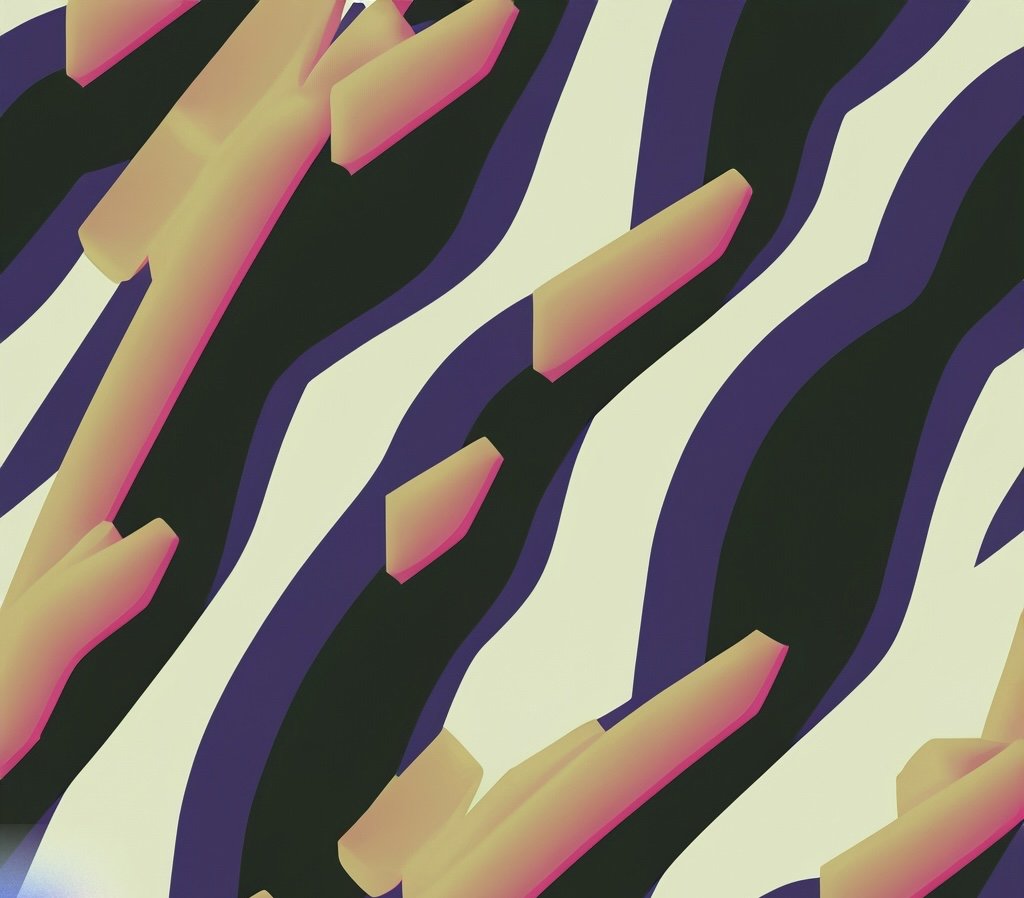Creating Seamless Transitions: Techniques and Inspiration for motion design
In the world of motion design, creating smooth and visually captivating transitions is an essential skill. Seamless transitions enhance the flow and continuity of a video or animation, elevating the viewer’s experience. In this blog post, we will explore the art of crafting seamless transitions, discussing various techniques, providing inspiring examples, and sharing valuable resources to help you take your motion design projects to the next level.
1. Understanding the Importance of Seamless Transitions:
Before diving into the techniques, let’s understand why seamless transitions matter. Seamless transitions help maintain a cohesive narrative, guide the viewer’s attention, and create a sense of fluidity between scenes or elements. By eliminating abrupt cuts and jarring shifts, you can enhance engagement and create a polished and professional look.
2. Techniques for Creating Seamless Transitions:
Dissolves and Fades: Gradually transitioning between scenes by fading or dissolving from one shot to another can create a seamless visual flow. Experiment with different timing and opacity settings to achieve the desired effect.
Morphing and Shape-Shifting: Transforming one element into another can be visually stunning. Utilize shape layers, masks, and keyframe animation to morph shapes, objects, or text, seamlessly transitioning from one form to another.
Motion Blur and Easing: Applying motion blur to moving elements adds realism and smoothness to transitions. Combine this with easing techniques, such as easing in and out, to create a natural acceleration and deceleration effect.
Split Screens and Sliding Panels: Divide the screen into multiple sections and transition between them to visually connect different scenes or content. Sliding panels can be an effective way to reveal new information or shift focus smoothly.
Parallax and Camera Movement: Incorporating parallax effects and camera movements can add depth and dimension to transitions. By animating the camera or layers at different speeds, you create a sense of depth and continuity between scenes.
3. Inspiring Examples of Seamless Transitions:
Scene-to-Scene Transitions: Explore motion design projects that seamlessly transition between different environments, showcasing how elements smoothly flow from one scene to another while maintaining a consistent visual style.
Object Transitions: Discover examples where objects or elements transform or move in innovative and captivating ways, demonstrating how seamless transitions can bring creativity and engagement to motion design.
Text and Typography Transitions: Delve into the world of text-based transitions, exploring how typography can smoothly animate, transition, and evolve between different states, enhancing the narrative and visual appeal.
Crafting seamless transitions is a powerful skill that can elevate your motion design projects. By understanding the importance of smooth transitions, experimenting with various techniques, and drawing inspiration from remarkable examples, you can create captivating motion graphics that captivate your audience. Remember to leverage available resources, plugins, and tutorials to enhance your transition skills and stay inspired as you continue your motion design journey.


